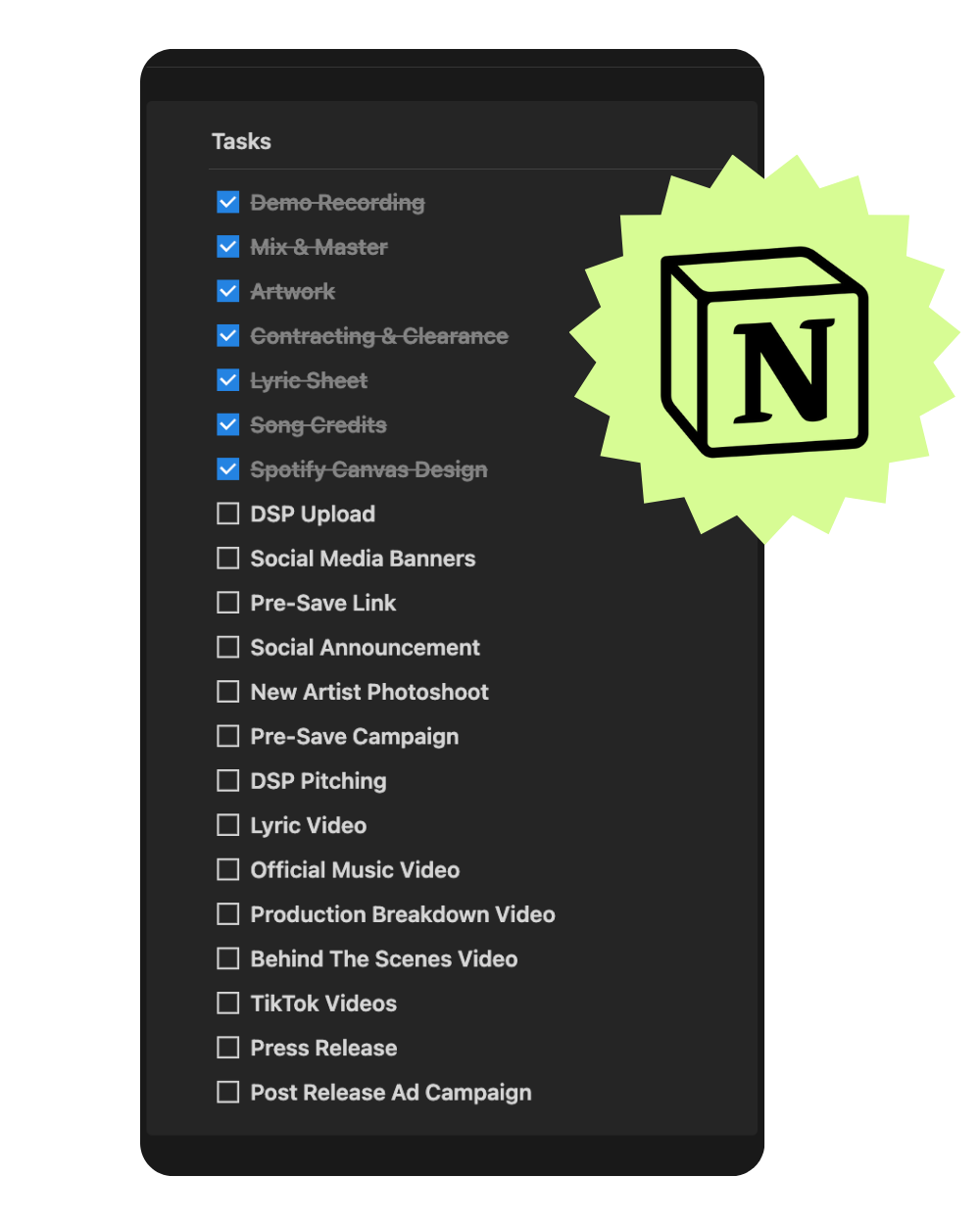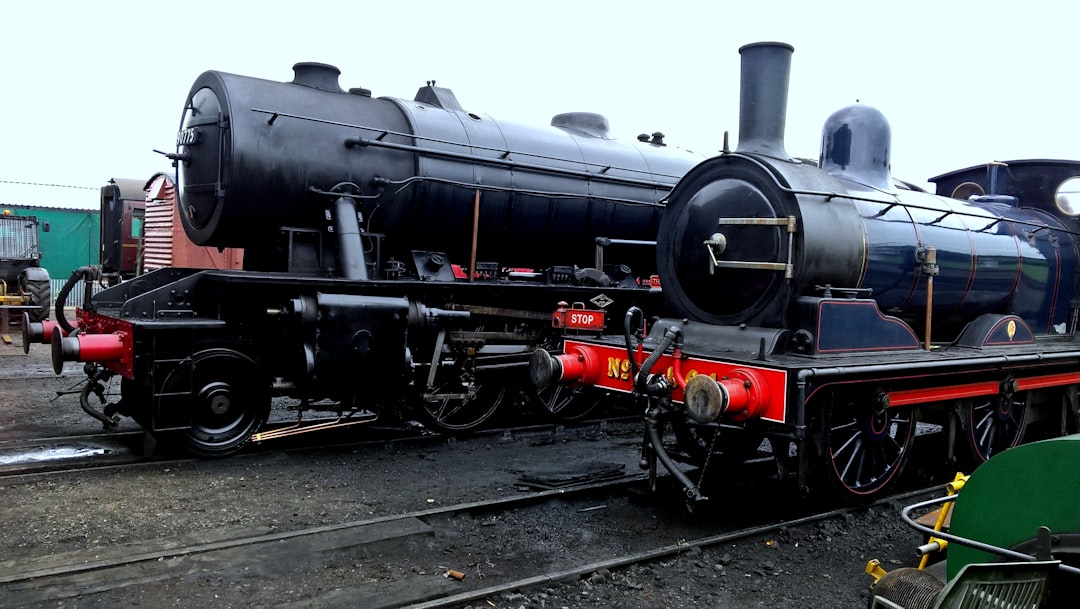The music industry is a vibrant and dynamic realm, characterized by its unique culture and language. Within this world, slang serves as a vital means of communication, allowing artists, producers, and industry professionals to convey complex ideas succinctly and with a shared understanding. Music industry slang is not merely a collection of quirky phrases; it reflects the evolution of the industry itself, shaped by technological advancements, cultural shifts, and the diverse backgrounds of those who inhabit it.
As the landscape of music continues to change, so too does the lexicon that accompanies it, making it essential for anyone looking to navigate this space to familiarize themselves with its terminology. Understanding music industry slang can provide valuable insights into the nuances of the business. For instance, terms that may seem obscure at first glance often carry significant weight in discussions about contracts, production techniques, or marketing strategies.
Moreover, slang can serve as a social glue, fostering camaraderie among those who share a passion for music. Whether you are an aspiring artist, a seasoned producer, or simply a music enthusiast, grasping the lingo can enhance your ability to engage with others in the field and deepen your appreciation for the art form itself.
Key Takeaways
- Music industry slang is a unique language used by professionals in the music business to communicate more efficiently and effectively.
- Common phrases and acronyms like A&R, EP, and LP are essential to understand for anyone working in the music industry.
- Insider terms for different genres such as “drop” in electronic music and “breakdown” in rock music are crucial for effective communication within specific music communities.
- Slang for recording and production, such as “dubbing” and “punch in,” are essential for studio professionals and artists to understand and use.
- Industry jargon for marketing and promotion, including “street team” and “playlist pitching,” are vital for successful music promotion and marketing efforts.
Common Phrases and Acronyms
The Role of A&R in the Music Industry
For example, “A&R” stands for “Artists and Repertoire,” a department within record labels responsible for scouting talent and overseeing the artistic development of artists. This term encapsulates a critical function in the industry, as A&R representatives play a pivotal role in shaping an artist’s career trajectory.
Technical Terms in Music Production
Another common acronym is “BPM,” which stands for “Beats Per Minute.” This measurement is crucial for DJs and producers when determining the tempo of a track, influencing how it will be mixed and perceived on the dance floor. Additionally, phrases like “cutting a track” refer to the process of recording a song, while “in the pocket” describes a musician’s ability to play rhythmically tight with other musicians.
The Importance of Industry Lingo
Understanding these common phrases and acronyms can significantly enhance one’s ability to communicate effectively within the industry. These expressions not only convey specific actions but also evoke a sense of artistry and skill that is highly valued in the music community.
Insider Terms for Different Genres

Each genre of music has its own set of insider terms that reflect its unique characteristics and culture. For instance, in hip-hop, terms like “bars” refer to lines of lyrics, with each bar typically containing four beats. The concept of “spitting bars” denotes an artist’s ability to deliver impressive lyrical content with rhythm and flow.
Similarly, “freestyling” refers to improvisational rapping without pre-written lyrics, showcasing an artist’s creativity and quick thinking. In contrast, the world of rock music has its own lexicon. Phrases like “power chord” describe a specific type of chord played on electric guitar that creates a strong sound often associated with rock anthems.
Additionally, “gigging” refers to performing live shows, an essential aspect of building a fan base in this genre. Understanding these genre-specific terms not only enriches one’s knowledge but also fosters deeper connections with artists and fans alike.
Slang for Recording and Production
The recording process is filled with its own specialized slang that can be daunting for newcomers. Terms like “tracking” refer to the process of recording individual instruments or vocals separately before mixing them together into a final product. This technique allows producers to achieve greater control over the sound and balance of each element in a song.
Another common term is “mixdown,” which describes the process of blending all recorded tracks into a cohesive final version. This stage is crucial as it determines how the song will ultimately sound to listeners. Producers often use phrases like “punching in” when referring to the technique of re-recording a specific section of a track to improve performance or fix mistakes.
This method allows for precision without needing to redo an entire take. Additionally, “demos” are rough recordings made to showcase ideas before full production begins. These terms highlight the intricate processes involved in creating music and underscore the importance of collaboration between artists and producers.
Industry Jargon for Marketing and Promotion
Marketing and promotion are essential components of any successful music career, and they come with their own set of jargon that reflects strategic approaches to reaching audiences. Terms like “press kit” refer to a collection of promotional materials that provide information about an artist or band, including biographies, photos, and samples of their work. A well-crafted press kit can be instrumental in securing media coverage and booking gigs.
Another important term is “street team,” which refers to a group of dedicated fans or volunteers who help promote an artist’s music through grassroots efforts such as distributing flyers or sharing content on social media. The concept of “viral marketing” has gained prominence in recent years, describing strategies aimed at creating buzz around a song or artist through shareable content that spreads rapidly online. Familiarity with this jargon can empower artists and their teams to effectively navigate the promotional landscape.
Music Business Lingo for Contracts and Deals

Royalties: The Artist’s Earnings
One of the most important terms to grasp is “royalties,” which refer to payments made to artists based on their music’s sales or streams. There are various types of royalties, including mechanical royalties, which come from physical sales, and performance royalties, which come from public performances.
Advances: Upfront Payments for Emerging Artists
Another key term is “advance,” which refers to upfront payments made by record labels to artists against future earnings from their music. This financial arrangement can be crucial for emerging artists seeking resources to fund their projects.
Recoupment: The Label’s Recovery
Additionally, “recoupment” describes the process by which record labels recover their advances from an artist’s earnings before any further payments are made. Understanding these terms can empower artists to negotiate better deals and protect their interests within the industry.
Trendy Slang and Buzzwords
As with any industry, music is subject to trends that influence its language. Buzzwords often emerge from cultural phenomena or technological advancements, reflecting current interests within the community. For instance, terms like “streaming” have become ubiquitous as digital platforms like Spotify and Apple Music dominate music consumption.
The phrase “playlist placement” refers to getting songs featured on popular playlists, which can significantly boost an artist’s visibility and streams. Another trendy term is “content creator,” which encompasses not just musicians but also influencers who produce engaging content related to music on platforms like TikTok or Instagram. This shift highlights the growing importance of social media in promoting music and connecting with audiences.
Staying attuned to these trends can help artists remain relevant in an ever-evolving landscape.
Conclusion and Tips for Using Music Industry Slang
Navigating the world of music industry slang requires both understanding and practice. To effectively incorporate this language into your interactions, consider immersing yourself in various aspects of the industry—attend concerts, engage with fellow musicians online, or participate in workshops. Listening closely to conversations among industry professionals can also provide valuable insights into how slang is used in context.
When using slang, it’s essential to be mindful of your audience; not everyone may be familiar with specific terms or phrases. Striking a balance between using industry jargon and clear communication can foster better connections with both peers and fans. Additionally, staying updated on emerging trends will ensure that your language remains relevant and resonates with those you engage with in the music community.
By embracing this unique lexicon, you can enhance your understanding of the industry while building meaningful relationships within it.
If you’re interested in learning more about the music industry and how to navigate its complexities, you should check out the blog Music Marketing Blog. This blog covers a wide range of topics related to the music industry, including tips for promoting your music and building a successful career as a musician. One article that you might find particularly helpful is “Hello World,” which offers advice for musicians who are just starting out and looking to make a name for themselves in the industry. Whether you’re a seasoned insider or a newcomer to the music business, this blog has something for everyone.
FAQs
What is music industry slang?
Music industry slang refers to the informal language and phrases used within the music business. It includes terms and expressions that are commonly used by industry insiders, such as musicians, producers, managers, and record label executives.
Why is it important to know music industry slang?
Understanding music industry slang can help individuals navigate the complexities of the business more effectively. It allows them to communicate more fluently with industry professionals and gain insight into the inner workings of the music industry.
What are some examples of music industry slang?
Examples of music industry slang include terms like “demo,” “A&R,” “mastering,” “sync,” “royalties,” “pitch,” “breakout,” “banger,” “drop,” “hook,” and “chops,” among others. These terms are used to describe various aspects of the music creation, production, and distribution process.
How can one learn music industry slang?
One can learn music industry slang by immersing themselves in the music business, networking with industry professionals, and staying up to date with industry publications and resources. Additionally, there are online resources and glossaries that provide explanations of common music industry slang terms.




























